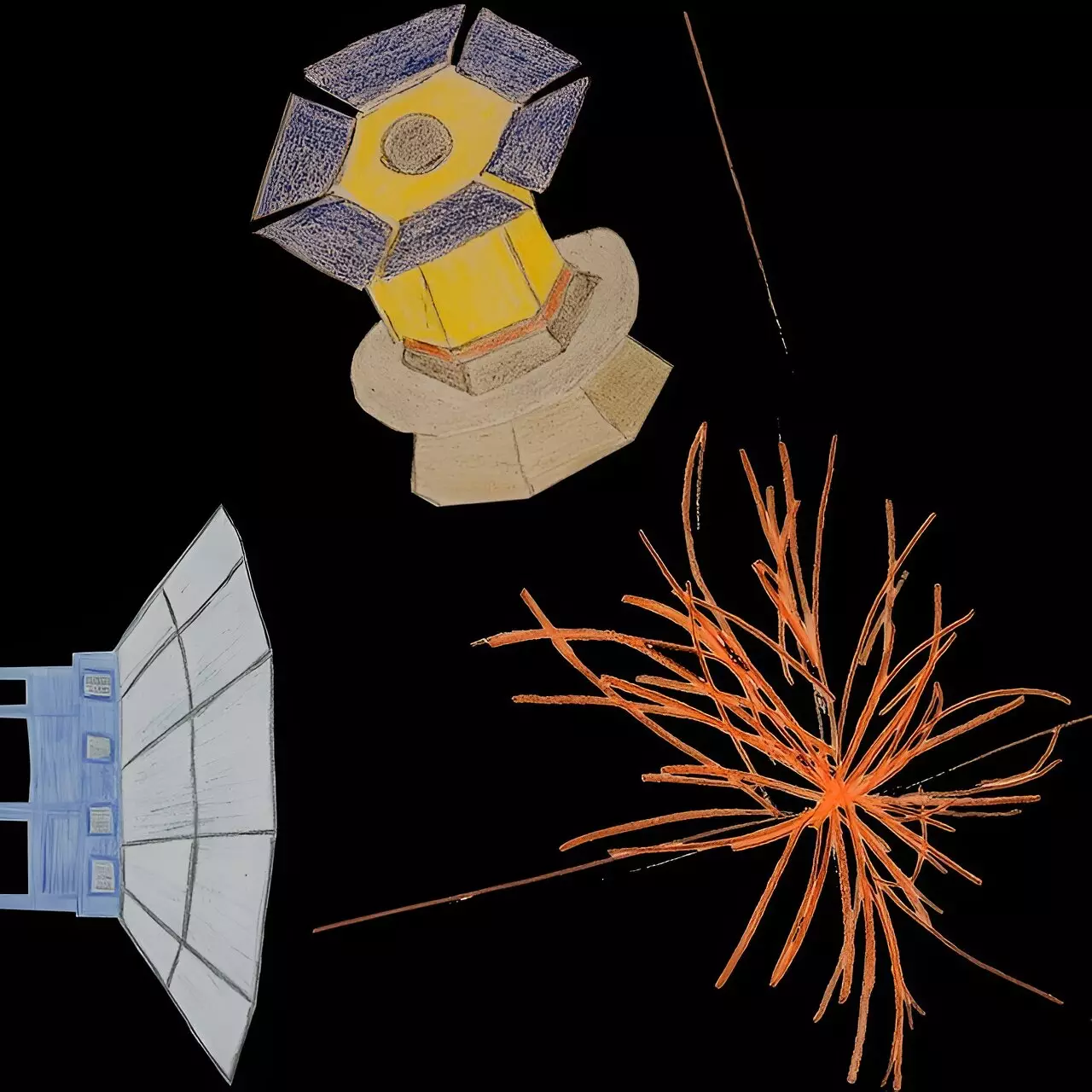Astrophysical research has taken significant strides in recent years, with large-scale experiments such as cosmic microwave background (CMB) observations playing a crucial role. These projects aim to detect and study CMB radiation, which provides insights into the early universe. A recent study by researchers at Université Catholique de Louvain in Belgium highlights the potential of upcoming CMB experiments in measuring the coupling of the inflaton field to other particles for the first time. This measurement could offer valuable insights into the connection between cosmic inflation and particle physics.
The study by Drewes and Ming delves into the fascinating relationship between particle physics and cosmology. Building on previous research by Drewes dating back to 2015, the recent paper sheds light on the connection between cosmic inflation and particle physics. The researchers emphasize the importance of understanding how the mechanism driving cosmic inflation is linked to fundamental theories of nature, such as the Standard Model of particle physics. By examining the imprint of cosmic reheating in the CMB, Drewes and Ming aim to uncover crucial insights into the early universe.
Cosmic reheating, the process in which the early universe was filled with a hot plasma following inflationary expansion, played a pivotal role in establishing the initial conditions for the formation of the universe. Drewes and Ming’s study goes beyond previous research by investigating how CMB data can offer insights into the connection between cosmic reheating and particle physics. By examining the interactions between the inflaton field and other particles during reheating, the researchers aim to measure the fundamental coupling constant that governs this interaction.
To model the process of reheating, researchers employ techniques rooted in particle physics, particularly quantum field theory and statistical mechanics. Drewes and Ming utilize the Schwinger-Keldysh formalism to describe nonequilibrium quantum processes in a dense medium, allowing them to identify conditions under which the inflaton coupling can be constrained with CMB data. By leveraging Bayesian statistics and the sensitivity of future detectors to primordial gravitational waves, the researchers determine the feasibility of measuring the inflaton coupling using next-generation CMB experiments.
The research by Drewes and Ming showcases the potential of future CMB experiments in elucidating the connection between cosmic inflation and particle physics. By demonstrating the ability to measure the inflaton coupling, the study opens new avenues for understanding the early universe and the fundamental interactions at play. The researchers hope that their work will garner support from funding organizations, such as the National Science Foundation, to further CMB research and pave the way for groundbreaking experiments like CMB-S4.
The study by Drewes and Ming underscores the significant role of CMB experiments in exploring the connection between cosmic inflation and particle physics. By measuring the inflaton coupling through innovative techniques rooted in particle physics and Bayesian statistics, the researchers have demonstrated the potential of upcoming CMB observations in unraveling the mysteries of the early universe. Their work highlights the importance of continued support for astrophysical research, particularly in the realm of CMB observations, to advance our understanding of the cosmos.


Leave a Reply